Plants In The Dominican Republic That Can Cause Allergies (With Pictures)
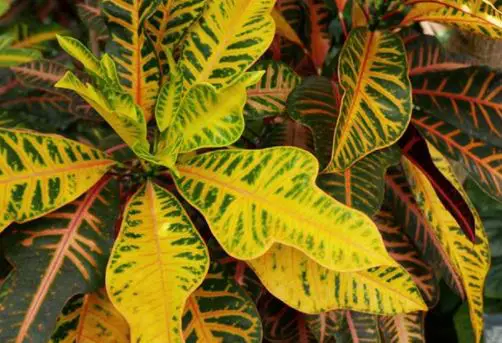
In the Dominican Republic, I have met many people who have suffered from allergies due to direct contact with some plants.
If you plan to visit the Dominican Republic and get to know the charms of nature, it is ideal that you are informed about which plants could cause allergic reactions.
Plants, in general, beautify fields and cities, allow us to breathe better, some provide shade and all are essential for the balance of the ecosystem. However, some species have characteristics that affect health.
There are types of trees, shrubs and grasses capable of causing contact dermatitis and also the ingestion of flowers, leaves or fruits of certain species can cause severe poisoning and even death. Then there is pollen allergy.
The latter is included in every allergy test since it is one of the most common allergens, to the extent that in the United States thousands of people emigrate on certain dates, escaping from the pollination months.
Allergist Evelyn Duarte Valdéz points out that there are 12 to 15 different types of pollens and that it is vital for immunoallergy specialists to have knowledge of the plants that produce them and the seasons of the year when pollination begins, this is achieved by performing a geographical mapping.
Pollen affects only people who are sensitive to it, i.e. predisposed to allergic disease. A document from the American Academy of Allergy, Asthma and Immunology (AAAAI) reveals that when these people encounter an allergen to which they are sensitive (in this case pollen), events occur.
This is because the Immunoglobulin E antibody “defends” the body, “seeking to eliminate the offending allergen(s) from the body’s tissues and bloodstream.” These antibodies are produced in response “the first time the allergen enters the body”.
Contents
Plants in the Dominican Republic that can cause allergies
There are certain toxic plants that attack the skin, affecting anyone who touches or approaches them, and not exclusively those who have an allergic predisposition.
This is explained by Dr. Balbino García Olivo in the book “Principales plantas de nuestra flora silvestre que producen dermatitis por contacto” (Main plants of our wild flora that produce contact dermatitis). Although there are those who have natural immunity, there are plants that produce dermatitis to the majority, this is toxic dermatitis.
“Other plants are incapable of producing lesions except to hypersensitive people”, that is allergic dermatitis.
Pringamosa (Urera)
Gratey (Dalechampia)
Tremolina or Palo bellaco (Croton)
Pica-pica (Tragia)
Cereza cimarrona (Malpighia)
Fogaraté (Mucuna Pruriens)
Tabacón or Llora sangre (Wigandia)
Guao (Comocladia)
These plants can be dangerous for people with allergy problems, They cause “lesions of urticarial type with the formation of light erythema and pruritic welts, causing burning” and “edema, intense erythema, pruritus, vesicles, and phlyctenas”.
Is there poison oak or ivy in the Dominican Republic?
In the Dominican Republic, there is no poison ivy or poison oak, but there is another species of climbing plant belonging to the ivy called Hedera helix.
Hedera helix is toxic, producing symptoms such as oral irritation, severe itching, eye irritation, difficulty in swallowing and breathing in the most severe cases.
Resource:
https://listindiario.com/la-vida/2007/07/22/21508/plantas-que-provocan-reacciones-alergicas



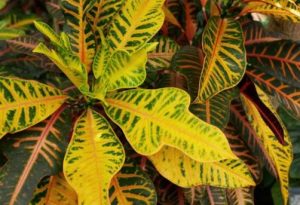






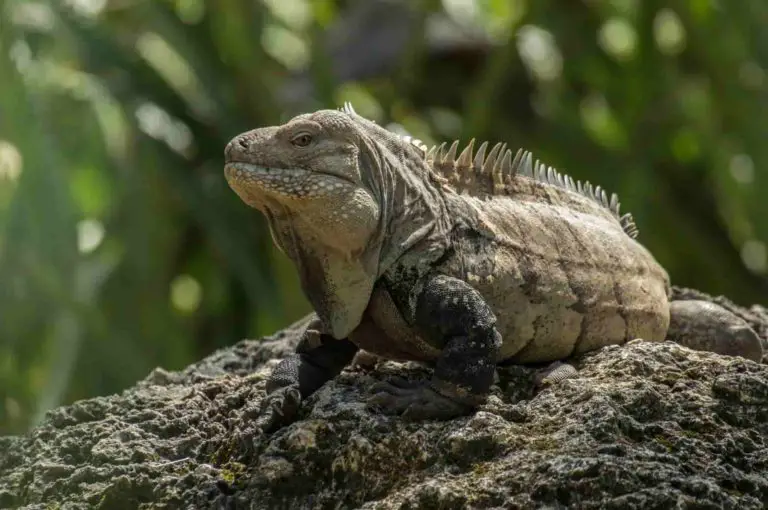

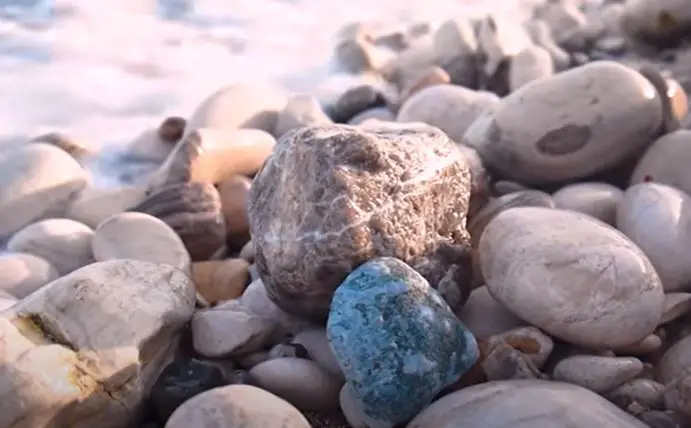

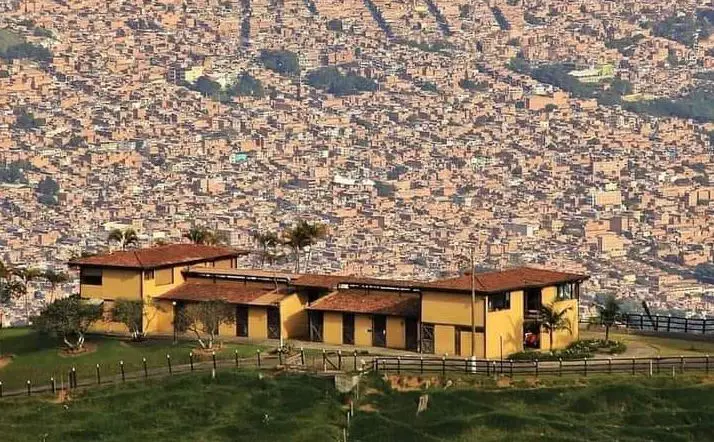
Thank you, I just visited and had a rash break out. I was working in the woods and I recognized some of those plants as ones I’ve touched.